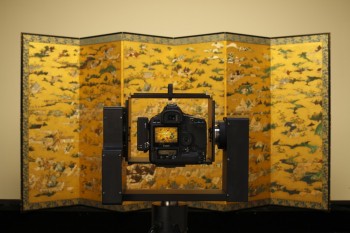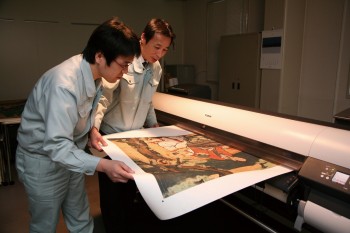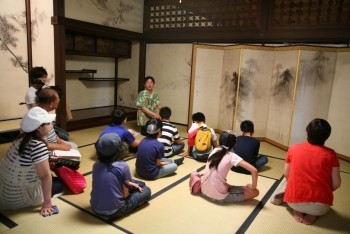Mecenat Activities
CANON Inc.
- Purpose:Nurturing of Next Generation, Usage of Business Resources
- Other Purpose:
- Genre:Cultural assets
Canon has been carrying out its Tsuzuri Project (official name: Cultural Heritage Inheritance Project) since 2007. This is an activity that contributes to society by creating high-resolution facsimiles of cultural properties within Japan for which there are limited opportunities for people to appreciate them, as well as precious Japanese cultural assets such as folding screens or paintings on sliding doors that have been sent overseas.
Canon has been deploying initiatives that only it can perform in an ongoing and dynamic manner by incorporating the latest digital technology on its products, such as: developing hyperfractionated photography, high precision color matching on digital cameras, as well as printing technology that can reproduce the delicate representations of Japanese paintings with their three-dimensional feel.
For the facsimiles, image processing is performed on the photographed data and then printed out onto specially made Japanese paper, following which they are completed in a manner that is as close as possible to the original with the help of traditional craft techniques that have been passed down in Kyoto. These are then donated to the original owners of the cultural properties or to a local municipality that has some affinity with said properties.
Another goal of this project is to display the facsimiles to the general public, which has the major appeal of allowing them to appreciate such works up close. As an example, for the “50 Paintings on Sliding Panels in the Abbot’s Chambers at Kenninji Temple” (an important cultural property) painted by Kaiho Yusho and donated to Kenninji Temple in Kyoto, the originals were remade into hanging scrolls in order to preserve these cultural assets. But the facsimiles created through the Tsuzuri Project have been reproduced as sliding panels, their original format, and are being displayed to the general public like so. The project is also promoting their use in educational programs in venues like art galleries and museums.




